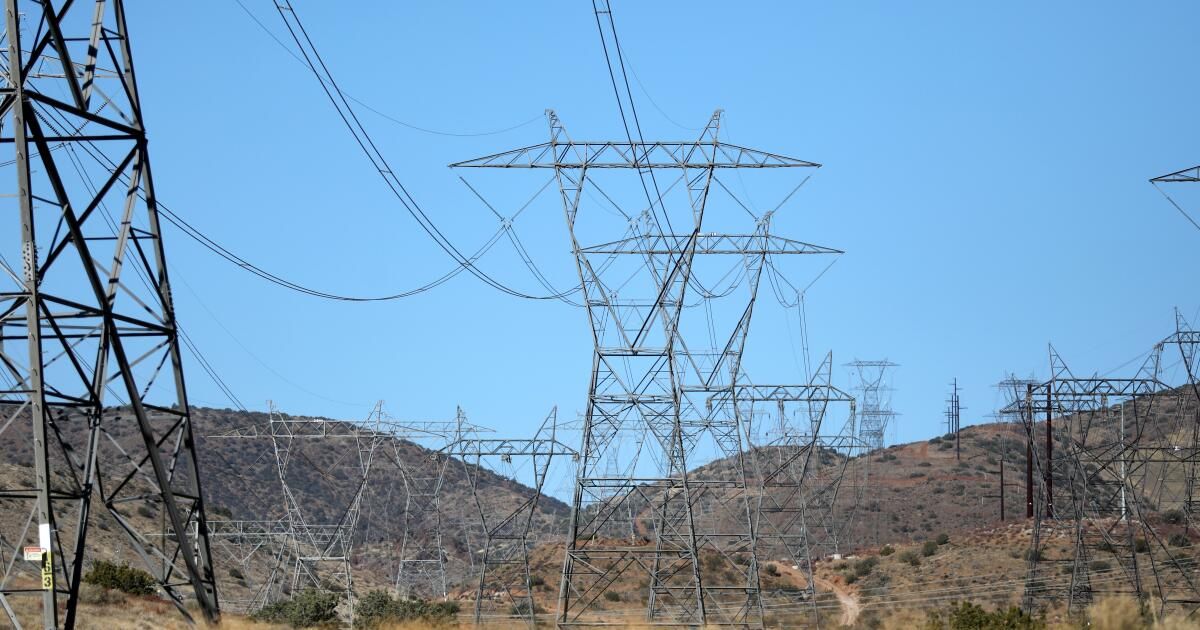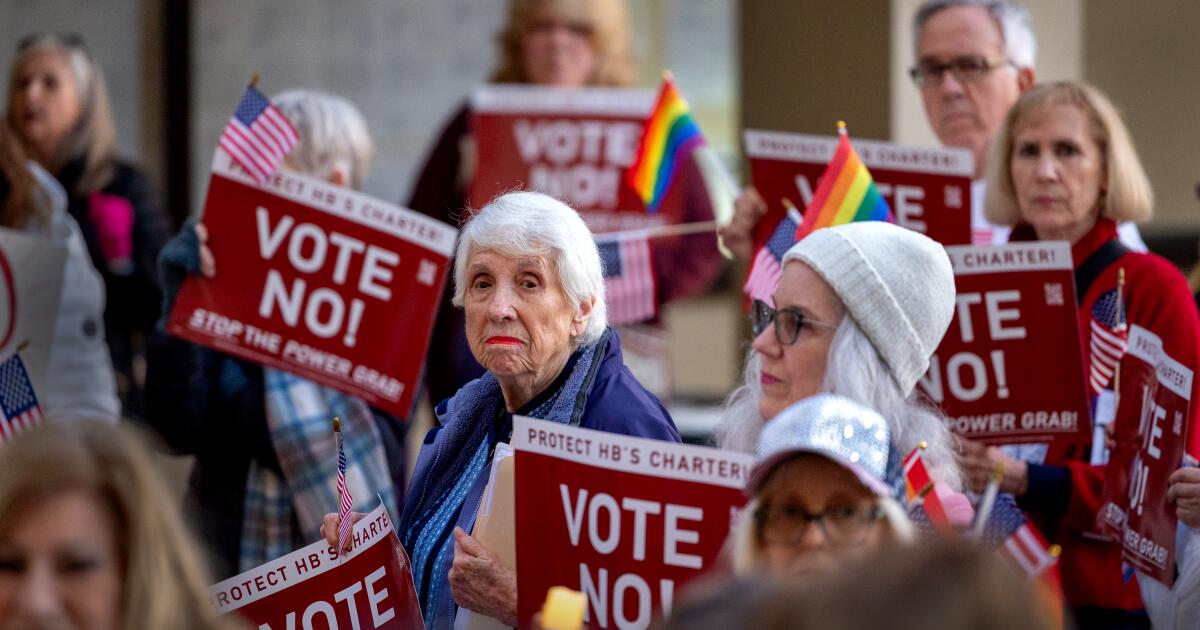To the editor: The end user must always pay for climate solutions, but it is essential that they obtain accurate cost signals to determine which energy sources to use and in what quantity. (“Who should pay for climate solutions? The debate is heating up,” February 8 column)
In the United States, the external costs of burning fossil fuels, such as air pollution and worsening climate change, are not included in the price. This causes people to waste a lot of energy.
If utilities need money for their operations, they can easily get it by adjusting their tiered rates. With three tiers, you can give low-income people a break with 500 kilowatt hours priced at 12 cents each, then Tier 2 would be another 500 kWh for 25 cents, and then set Tier 3 high enough to reach the necessary budget figures.
This is the fairest method to ensure there is enough money to transition to clean energy, as only people who waste energy will be harmed and those who conserve energy will benefit.
Paul Scott, Santa Monica
..
To the editor: I think a flat infrastructure charge for electricity based on a home's square footage rather than household income would solve the disparity problem. There would be no need for invasive tax returns. The square meters are in the public record.
Gale Jaffe, Los Angeles
..
To the editor: The amount of climate pollution one spews is directly proportional to the amount of energy consumed. Therefore, one should pay an exponentially higher fee for energy, not a fee for infrastructure. This would be an incentive to consume less electrical energy.
Rooftop solar plus storage could potentially supply 80% of California's energy needs, obviating the need for more transmission lines and increasing grid reliability, and at no cost to the ratepayer.
If you go to a pizzeria, should you pay more for a pizza because you earn more? Wealth is irrelevant. The relevant thing is to reduce carbon emissions.
Gregg Ferry, Carlsbad












